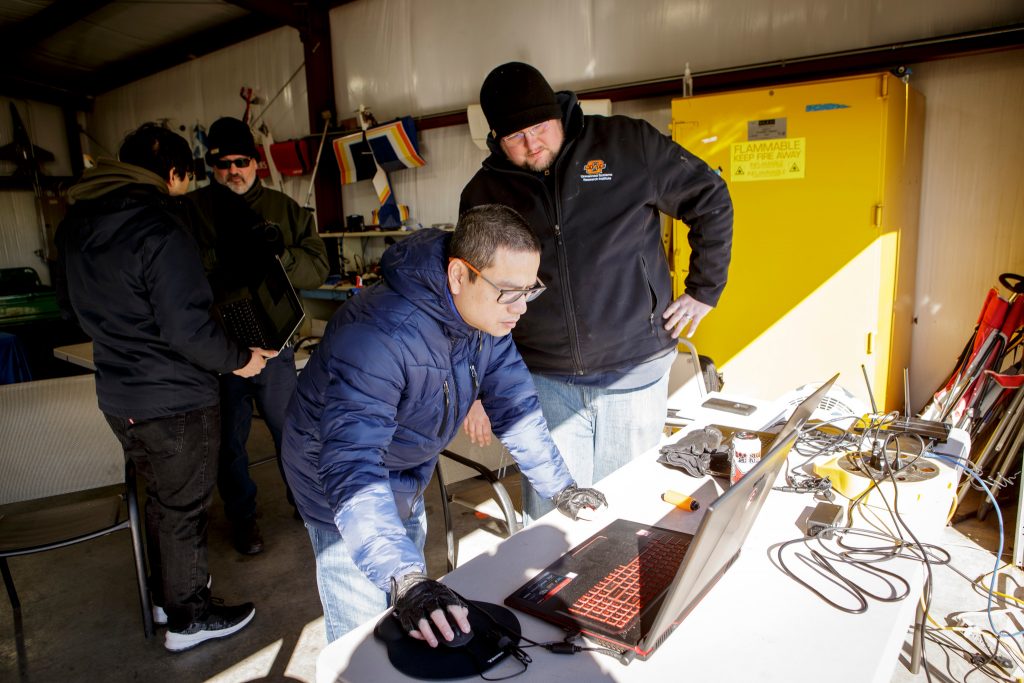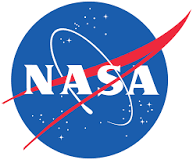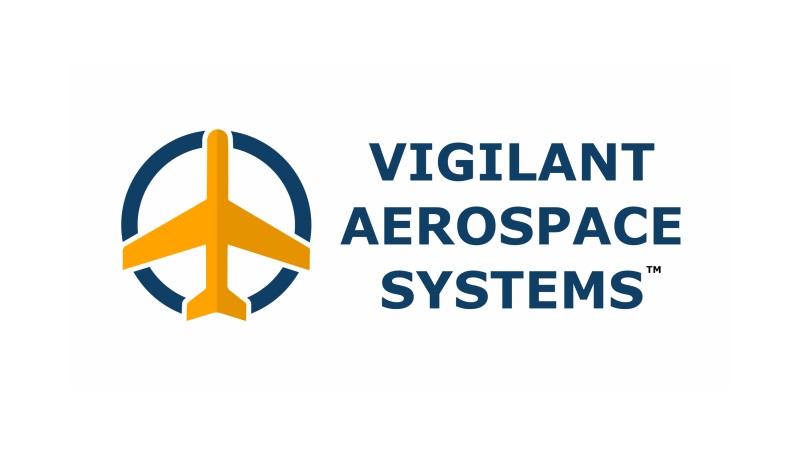
The OSU and VAS team setting up for the flight at the OSU Unmanned Aircraft Flight Station. Photo Credit: Gary Lawson/Oklahoma State University
About the NASA University Leadership Initiative
The NASA University Leadership Initiative (ULI) was created to facilitate a new type of interaction between NASA Aeronautics Research Mission Directorate (ARMD) and the U.S. university community, where American universities take the lead, build their own teams, and set their own research paths. The initiative seeks new, innovative ideas that can support the NASA ARMD portfolio and the U.S. aviation community. “Each of these teams is working on important problems that definitely will help break down barriers in ways that will benefit the U.S. aviation industry,” said John Cavolowsky, director of NASA’s Transformative Aeronautics Concepts Program in Washington, D.C.
The objective of the NASA ULI research program is to address the NASA ARMD “vision for aeronautical research aimed at the next 25 years and beyond, which includes a broad range of technologies to meet future needs of the aviation community, the nation, and the world for safe, efficient, flexible, and environmentally sustainable air transportation” (Strategic Implementation Plan, NASA.gov).
“Each of these teams is working on important problems that definitely will help break down barriers in ways that will benefit the U.S. aviation industry,” said John Cavolowsky, director of NASA’s Transformative Aeronautics Concepts Program in Washington, D.C.
The objective of the NASA ULI research program is to address the NASA ARMD “vision for aeronautical research aimed at the next 25 years and beyond, which includes a broad range of technologies to meet future needs of the aviation community, the nation, and the world for safe, efficient, flexible, and environmentally sustainable air transportation” (Strategic Implementation Plan, NASA.gov).
About the OSU Unmanned Systems Research Institute
From the website:
Unmanned vehicles have become a revolutionary technology that is taking the world by storm. The OSU Unmanned Systems Research Institute (USRI) accesses expertise across Oklahoma State University allowing them to combine cutting edge product development with academic knowledge and resources to create unique solutions to critical problems. For more information on the OSU Unmanned Systems Research Institute, visit CEAT.okstate.edu/USRI.
About the OSU School of Mechanical and Aerospace Engineering
The Oklahoma State University School (OSU) of Mechanical and Aerospace Engineering (MAE) instructs and encourages students to reach full potential in technical expertise, innovative expression, intellectual curiosity, and collaborative design. MAE’s mission is to prepare engineers that are competitive nation-wide and internationally for employment opportunities and who will become respected achievers within their discipline and prepared for a lifetime of continuing development. For more information on the OSU School of Mechanical and Aerospace Engineering, visit MAE.okstate.edu.About Vigilant Aerospace Systems
 Vigilant Aerospace is the leading developer of detect-and-avoid and airspace management software for uncrewed aircraft systems (UAS or drones). The company’s product, FlightHorizon, is based on two NASA patents and uses data from multiple sources to display a real-time picture of the air traffic around a UAS and to provide automatic avoidance maneuvers to prevent collisions. The software is designed to meet industry technical standards, to provide automatic safety and to allow UAS to safely fly beyond the sight of the pilot. The software has won multiple industry awards and the company has had contracts and users at NASA, the FAA, the U.S. Department of Defense and with a variety of drone development programs. Visit our website at www.VigilantAerospace.com
Vigilant Aerospace is the leading developer of detect-and-avoid and airspace management software for uncrewed aircraft systems (UAS or drones). The company’s product, FlightHorizon, is based on two NASA patents and uses data from multiple sources to display a real-time picture of the air traffic around a UAS and to provide automatic avoidance maneuvers to prevent collisions. The software is designed to meet industry technical standards, to provide automatic safety and to allow UAS to safely fly beyond the sight of the pilot. The software has won multiple industry awards and the company has had contracts and users at NASA, the FAA, the U.S. Department of Defense and with a variety of drone development programs. Visit our website at www.VigilantAerospace.com
Media Coverage
- “Researchers awarded NASA grant to improve forecasting.” Univ. of Oklahoma; 29, 2020
- “Oklahoma university receives NASA grant to study weather for drones.” General Aviation News; 24 April 2020.
- “OSU Receives NASA Award to Study Weather for Drones.” AviationPros.com; 23 April 2020.
- “OSU to Use Funding to Improve Safety for UAS Flying in Advanced Air Mobility Operations.” AUVSI; 22 April 2020.
- “OSU receives NASA award to study weather for drones.” The Oklahoman; 22 April 2020.
- “Detweiler, Houston contribute to new NASA project.” Nebraska Today University of Nebraska-Lincoln News; 20 April 2020.
- “NASA awards OSU millions of dollars and names it lead institution for strategic research initiative.” KFOR News; 15 April 2020.

